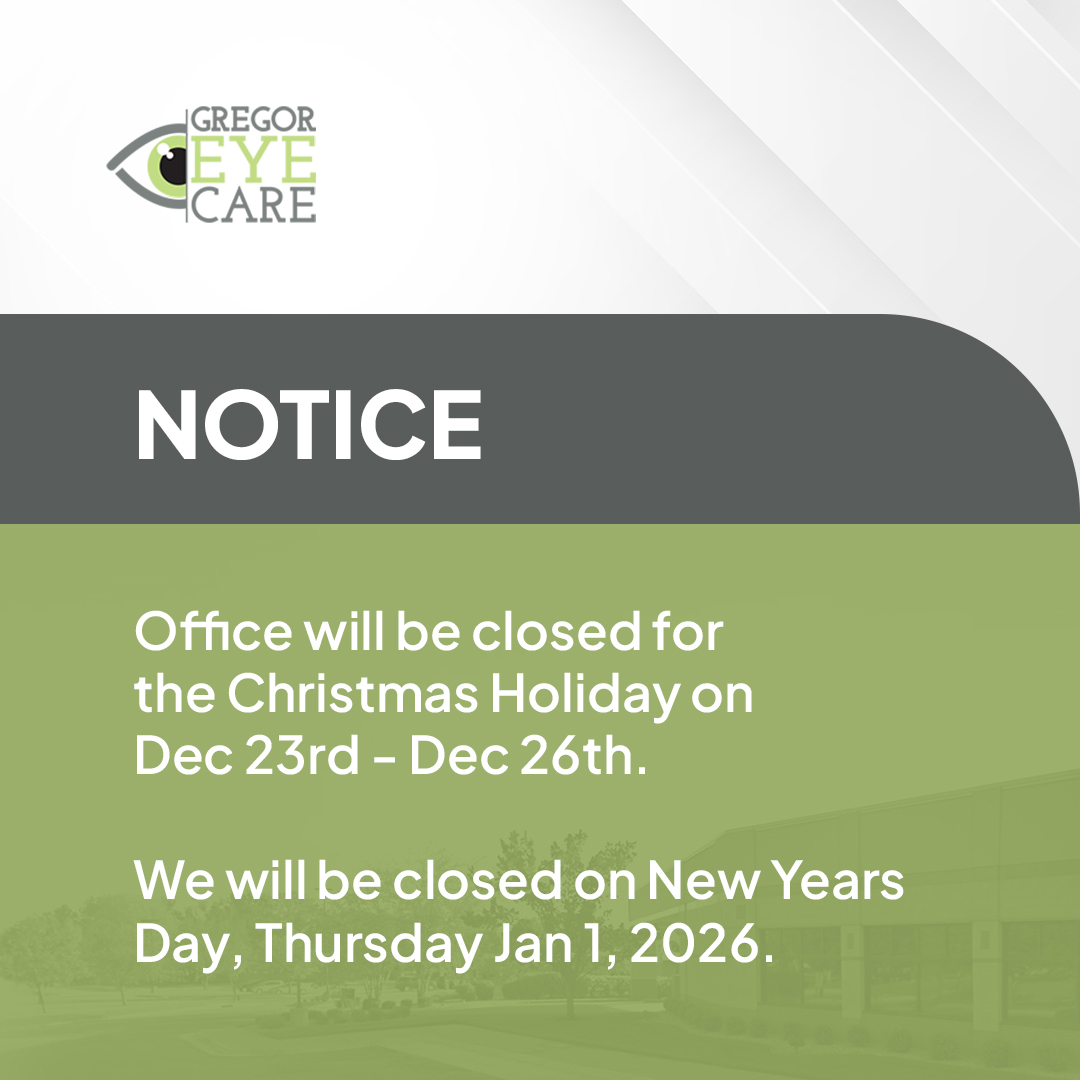Gregor Eye Care Blog
Learn more about optometry care in our blog!

Glaucoma is an eye condition that portends severe outcomes. It can lead to permanent visual loss if left untreated. The good news is that early discovery and a proper diagnosis and treatment can help slow its progression.

The use of scleral lenses is becoming increasingly popular. These lenses are specialty contacts that are larger than conventional ones. They sit on the sclera rather than the cornea. They are a unique solution for various individuals.

Myopia, also called nearsightedness, is a refractive error that causes an individual to see distant objects as blurry and those nearby clear. It is more common in children and can significantly impact the quality of their life and school performance if untreated.

How wonderful would it be not to worry about putting on glasses or contact lenses every morning? Seeing clearly without needing corrective eyewear throughout is a big advantage.

It is a common misconception that vision loss is inevitable in aging. In practice, you can do many things to minimize the risk of age-related eye conditions like age-related macular degeneration.

Your eyes need tears to provide comfort and stay healthy. When the eyes do not produce enough tears or lack a component, it leads to dry eyes. The condition can be painful and interfere with your daily activities. Therefore, it is vital to learn more about dry eyes. It will help you prevent it from occurring or recurring.

Routine eye care and eye exams have long-term benefits. Most people only visit their eye specialist when they begin experiencing eye problems. However, there are various conditions you may develop that have no symptoms. Fortunately, routine eye care can help catch them early and enable treatment or prevention.

Do you have myopia? Myopia, or nearsightedness, is a widespread vision problem that typically develops between ages six and 14 and can continue into adulthood. In the past, eye doctors thought myopia stabilizes once the eye stops growing longer around age 20 or 21.

The benefits of regular comprehensive eye exams go well beyond maintaining your eye and vision health. A close examination of your optic nerve, retina, and lens can reveal signs of several systemic disorders. A comprehensive eye examination is one of the few instances where a doctor can glean what’s happening with your body without invasive imaging, blood tests, or surgery.

Glaucoma is a severe eye disease that occurs due to optic nerve damage. Fluid buildup due to lack of proper drainage leads to pressure in the eye. Glaucoma affects vision and is a leading cause of blindness among individuals over 60.









